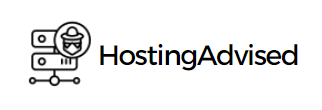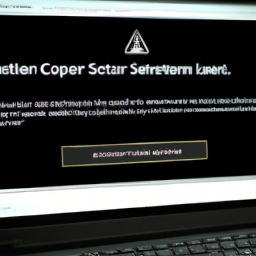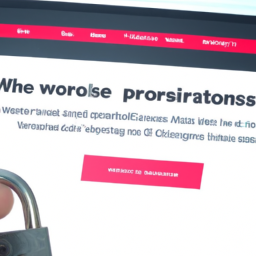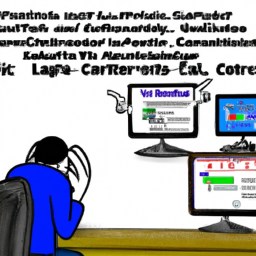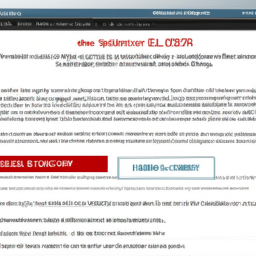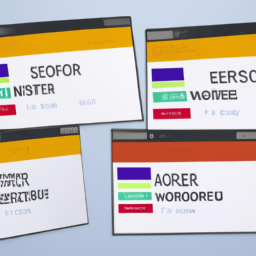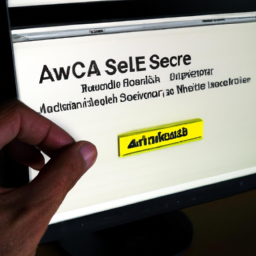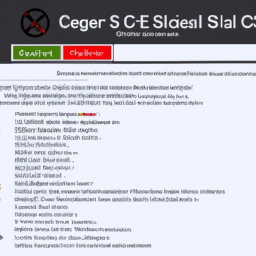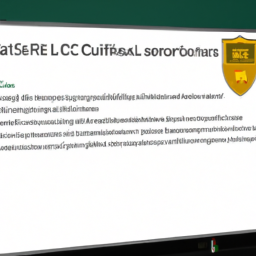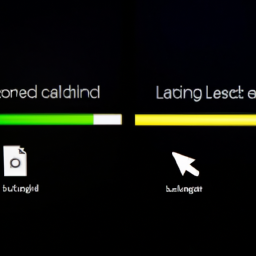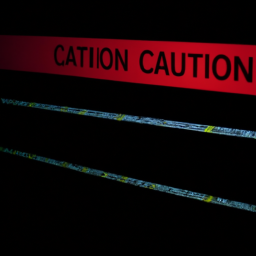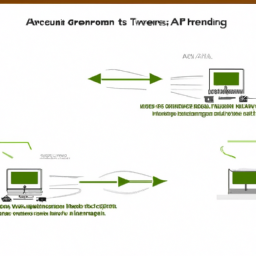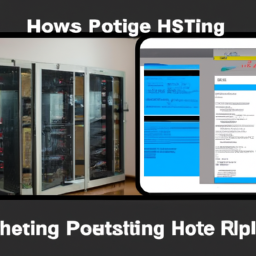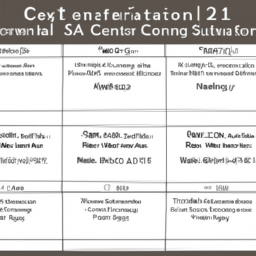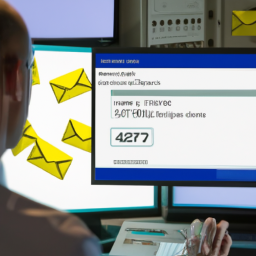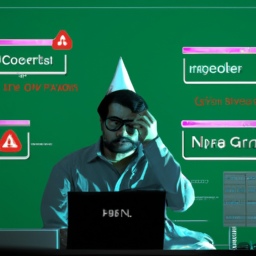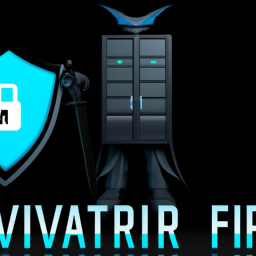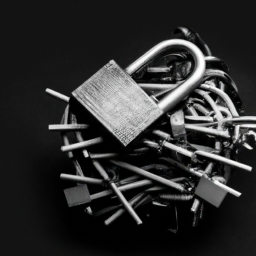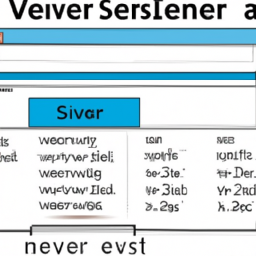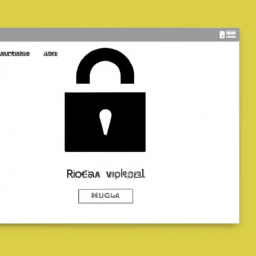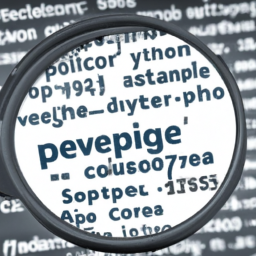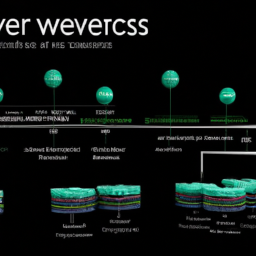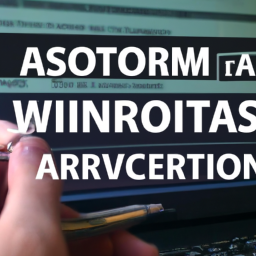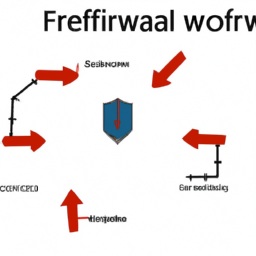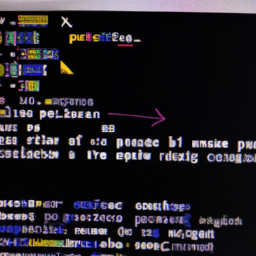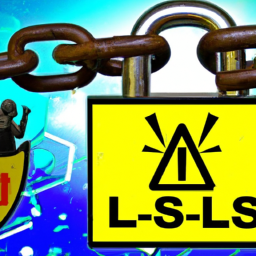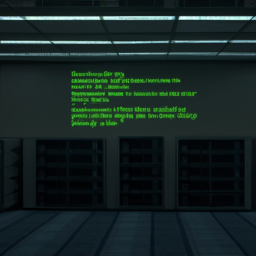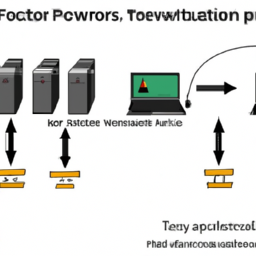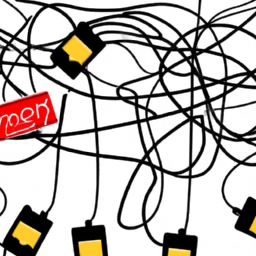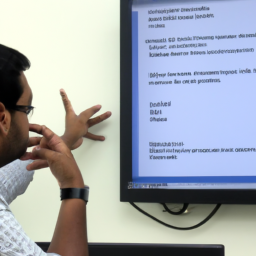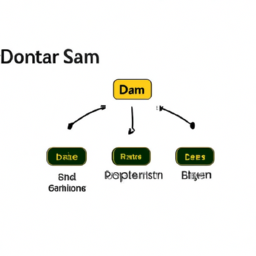Are you concerned about the security of your IP address? How do you protect it from being blacklisted?
In today’s technology-driven world, understanding IP address blacklisting is crucial for anyone who wants to safeguard their online presence. Whether you’re an individual or a business, being aware of the common reasons for blacklisting and how to identify if your IP address is affected is essential.
Fortunately, there are preventive measures you can take to avoid blacklisting, as well as steps to remove your IP address from blacklists if it does get flagged.
In this ultimate guide, we will delve into the intricacies of IP address blacklisting, providing you with everything you need to know to effectively manage and protect your IP address.
So, let’s get started and ensure your online activities remain secure and uninterrupted.
Key Takeaways
- IP address blacklisting is an important aspect of online presence protection, as it can result in blocked emails, website restrictions, and reputation damage.
- Implementing security measures, such as firewalls, intrusion detection systems, and regular software updates, can help prevent blacklisting and ensure network security.
- Monitoring network activity and educating users about email security protocols can help identify and address suspicious behavior and reduce phishing risk.
- When faced with blacklisting, it is crucial to use reputable blacklist lookup tools, determine the reason for blacklisting, and take corrective actions such as submitting removal requests to blacklist organizations with detailed information.
Understanding IP Address Blacklisting
Now that you’ve started delving into the world of IP address blacklisting, let’s break down the basics and get a clear understanding of how it all works.
Detecting blacklisted IPs is an essential step in maintaining a secure online environment. Various tools and services are available to identify if an IP address has been blacklisted. Once an IP is blacklisted, severe consequences may follow. For instance, your emails might not reach the intended recipients, your website could be blocked by search engines, or your online reputation could be tarnished.
It’s crucial to address blacklisting promptly to minimize the impact on your online activities. Understanding the consequences of IP address blacklisting will help you take the necessary precautions to prevent such issues.
Now let’s explore the common reasons for IP address blacklisting.
Common Reasons for IP Address Blacklisting
One common reason for an IP address to be blacklisted is when it’s flagged for suspicious activity. This can include activities such as sending spam emails, hosting malware-infected websites, or participating in hacking attempts.
Another cause of IP address blacklisting is being identified as a source of excessive and abnormal traffic, which could indicate a DDoS attack or a compromised system.
Additionally, if an IP address is associated with a known botnet or has a history of distributing malicious content, it’s likely to be blacklisted.
The consequences of IP address blacklisting can be severe, including blocked emails, restricted access to websites, and damage to a company’s reputation.
To identify if your IP address is blacklisted, you can use various online tools and services that check against blacklists maintained by different organizations. This will be discussed in the subsequent section.
Identifying if Your IP Address is Blacklisted
Discovering whether your IP has been blacklisted can be a nerve-wracking process, leaving you feeling vulnerable and uncertain about the state of your online presence. To identify if your IP address is blacklisted, you can start by conducting a blacklist check using various online tools.
These tools will scan multiple blacklists and provide you with a comprehensive report on your IP’s status. If you find that your IP address is indeed blacklisted, it can have a significant impact on your online reputation. Your emails may end up in spam folders, and your website could be blocked by certain ISPs.
However, sometimes IP addresses are wrongly blacklisted due to false positives. In such cases, it’s crucial to take immediate action. Contact the blacklist provider, provide evidence of your innocence, and request removal from the blacklist.
Taking prompt action will help restore your online reputation and prevent further damage.
Transitioning into the next section about preventing IP address blacklisting, it’s essential to implement proactive measures to safeguard your IP and maintain a positive online image.
Preventing IP Address Blacklisting
To prevent IP address blacklisting, you need to implement security measures, monitor network activity, and ensure proper email practices.
Implementing security measures involves using firewalls, intrusion detection systems, and regular software updates to protect your network.
Monitoring network activity allows you to identify any suspicious or unauthorized behavior and take immediate action.
Ensuring proper email practices includes using authentication methods, regularly checking for spam or phishing attempts, and educating users about email security protocols.
By following these key points, you can significantly reduce the risk of your IP address being blacklisted.
Implementing Security Measures
Ensure you’ve implemented the necessary security measures to protect your network from potential threats and unauthorized access. Identifying and addressing network vulnerabilities is crucial in safeguarding your IP address from blacklisting.
Start by conducting a thorough assessment of your network infrastructure to identify weak points and potential entry points for attackers. Implement robust cybersecurity protocols, such as firewalls, intrusion detection systems, and secure authentication methods, to fortify your network defenses.
Regularly update and patch your network devices and software to address any known vulnerabilities. Additionally, consider implementing network segmentation and access controls to limit the exposure of sensitive data.
By taking these proactive security measures, you can significantly reduce the risk of IP address blacklisting.
Now, let’s move on to the next section and discuss monitoring network activity.
Monitoring Network Activity
Stay vigilant and keep an eye on your network activity to stay one step ahead of potential threats. Monitoring network activity is crucial for maintaining network performance and troubleshooting any issues that may arise. By regularly monitoring your network, you can identify and address any anomalies or suspicious activities that could indicate a security breach. This can be done through various tools and techniques such as network monitoring software, intrusion detection systems, and log analysis. Additionally, conducting regular network performance assessments can help you identify any bottlenecks or areas that need improvement, ensuring that your network operates smoothly and efficiently. In the next section about ensuring proper email practices, you will learn how to further secure your network and protect it from potential threats.
Ensuring Proper Email Practices
By following proper email practices, you can significantly reduce the risk of falling victim to phishing attacks, which account for 80% of all reported security incidents. To ensure optimal email deliverability and protect your organization’s reputation, it’s essential to implement email authentication protocols.
Here are five key practices to consider:
-
Use SPF (Sender Policy Framework) to specify which servers are authorized to send emails on behalf of your domain.
-
Implement DKIM (DomainKeys Identified Mail) to digitally sign your outgoing emails, ensuring they can’t be tampered with during transit.
-
Enable DMARC (Domain-based Message Authentication, Reporting, and Conformance) to define how receiving servers should handle emails that fail SPF or DKIM checks.
-
Regularly monitor your email deliverability metrics, such as bounce rates and spam complaints, to identify any potential issues.
-
Educate your employees about phishing attacks and train them on how to identify and report suspicious emails.
By following these email authentication practices, you can enhance your organization’s email deliverability and reduce the likelihood of your IP address being blacklisted.
Transitioning into the subsequent section about removing your IP address from blacklists.
Removing Your IP Address from Blacklists
To get your IP address removed from blacklists, all you have to do is follow these simple steps. First, identify which blacklists your IP address is listed on by using a reputable blacklist lookup tool. Once you have this information, determine the reason for the blacklisting, as this will guide your removal process. Common reasons include sending spam emails or hosting malware-infected websites. Next, take corrective actions to address the issue, such as fixing security vulnerabilities or improving email practices. After addressing the root cause, submit a removal request to each blacklist organization, providing detailed information about the steps you have taken to rectify the situation. Monitor the status of your removal requests and follow up if necessary. Remember, getting your IP address removed from blacklists is crucial to protect your online reputation and avoid any legal implications. Now, let’s explore the best practices for IP address management.
Best Practices for IP Address Management
Implementing effective IP address management practices is essential for maintaining a secure and efficient network infrastructure. To ensure smooth operations, here are some best practices to consider:
-
Regularly track and monitor IP addresses: Keep a detailed record of all IP addresses used within your network. This will help identify any unauthorized or suspicious activities, allowing you to take immediate action.
-
Implement an IP address whitelist: By creating a whitelist of trusted IP addresses, you can restrict access to your network, only allowing connections from approved sources. This adds an extra layer of security and helps prevent unauthorized access.
-
Regularly review and update IP address information: As your network evolves, ensure that your IP address information is accurate and up to date. This includes keeping track of any changes or additions to your network infrastructure.
By following these best practices, you can effectively manage your IP addresses, enhance your network security, and maintain a smooth and efficient operation.
Frequently Asked Questions
How do I find out if a specific website has blacklisted my IP address?
To check if a specific website has blacklisted your IP address, you can use online blacklisting lookup tools. These tools allow you to enter your IP address and see if it’s listed on any blacklists.
Additionally, some websites provide their own blacklist lookup feature. If you find that your IP address is blacklisted, you can request removal from the blacklist by contacting the website’s administrator or following their specified removal procedure.
Can I get my IP address removed from blacklists automatically?
You’re in luck! There are options available to get your IP address removed from blacklists automatically. Some services offer automated removal tools that can quickly and efficiently remove your IP address from multiple blacklists.
However, if you prefer a more hands-on approach, manual removal is also possible. This involves identifying the blacklists your IP address is listed on and contacting each one individually to request removal.
Both methods have their advantages, so choose the one that suits your needs best.
Are there any legal implications of blacklisting an IP address?
Falsely blacklisting an IP address can have serious consequences. Legal action can be taken against individuals or organizations responsible for such actions. Recent cases have shown that falsely blacklisting an IP address can result in lawsuits for defamation, invasion of privacy, and interference with business operations.
It’s important to ensure that any blacklisting decisions are based on accurate information and proper investigation to avoid legal implications.
Can I prevent my IP address from being blacklisted by using a VPN?
To prevent your IP address from being blacklisted, using a VPN can be an effective solution. A VPN, or Virtual Private Network, masks your IP address and encrypts your internet connection, providing anonymity and security.
This prevents websites and online services from identifying and blacklisting your IP address. However, it’s important to consider the pros and cons. While a VPN can protect your IP address, it may also slow down your internet speed and introduce potential privacy concerns.
Are there any tools or services available to help with IP address management and monitoring?
Yes, there are several tools and services available to help with IP address management and monitoring. These tools allow you to track the activity of your IP address and monitor its reputation.
They provide detailed information about the IP addresses accessing your network, allowing you to identify any suspicious or malicious activity.
Additionally, these services offer IP address reputation management, helping you maintain a good reputation and avoid being blacklisted.
Conclusion
In conclusion, mastering the art of IP address blacklisting is like navigating uncharted waters. Just like a skilled captain, you must understand the common reasons for blacklisting, identify if your IP is under attack, and take preventive measures to stay afloat.
Should your ship find itself in troubled waters, fear not, for there are ways to remove your IP from the dark depths of blacklists.
Remember, by implementing best practices for IP address management, you can steer clear of the treacherous storms of blacklisting and sail smoothly towards a secure online presence.
